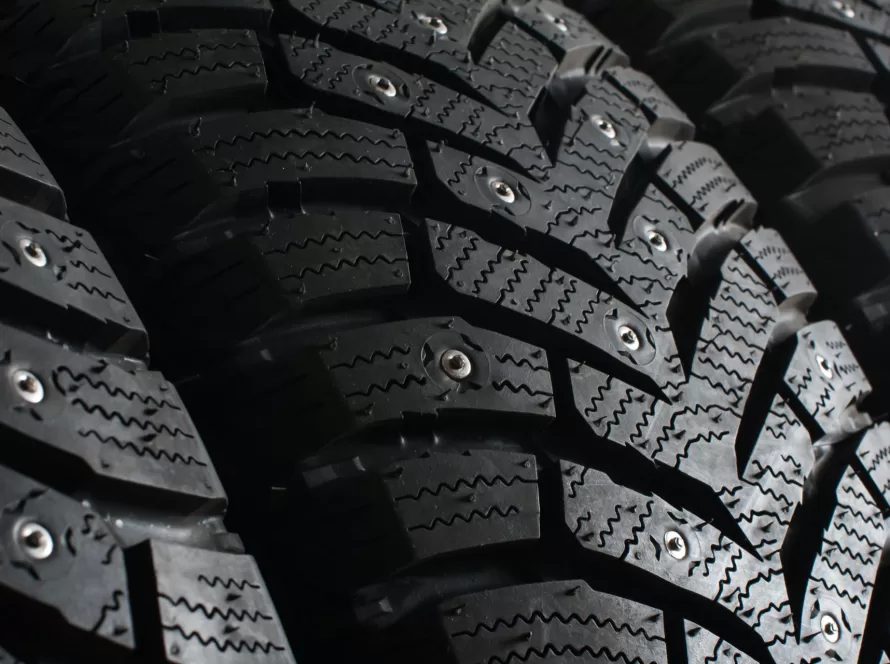
Table of Contents
Introduction
In the quest for improved fuel efficiency, many drivers focus on engine performance and aerodynamics, often overlooking the crucial role that tires play in fuel economy. Tires are the only point of contact between a vehicle and the road, and their design, condition, and type can significantly impact fuel consumption. Understanding how to select and maintain the right tires can lead to substantial savings and environmental benefits.
Understanding Fuel Efficiency
Fuel efficiency refers to how effectively a vehicle uses fuel, usually measured in miles per gallon (MPG) or liters per 100 kilometers (L/100 km). It is a critical aspect for both economic and environmental reasons, as improved fuel efficiency can lead to reduced fuel costs and lower carbon emissions.
Several factors affect fuel efficiency, including vehicle weight, engine performance, driving habits, and, importantly, tire choice. By focusing on tire selection and maintenance, drivers can enhance their vehicle’s fuel economy.
Types of Tires
Choosing the right tire type is essential for optimizing fuel efficiency. Here are the main categories:
All-Season Tires
Designed for a wide range of conditions, all-season tires are a popular choice for drivers seeking versatility. They offer moderate performance in both wet and dry conditions but may not provide the best fuel efficiency compared to specialized tires.
Summer Tires
Optimized for warm weather, summer tires offer excellent grip and handling on dry and wet roads. They generally have lower rolling resistance, which can improve fuel efficiency.
Winter Tires
Designed for cold conditions, winter tires provide superior traction on snow and ice. However, their softer rubber compound can lead to increased rolling resistance and reduced fuel efficiency in non-winter conditions.
Performance Tires
Built for high-speed and agile handling, performance tires offer enhanced grip but often at the expense of fuel efficiency due to increased rolling resistance.
Off-Road Tires
Designed for rough terrain, off-road tires feature aggressive tread patterns. While perfect for challenging conditions, they are not ideal for maximizing fuel efficiency on paved roads.
Tire Specifications and Fuel Efficiency
Understanding tire specifications is crucial for selecting tires that enhance fuel economy.
Tire Size and Dimensions
Larger tires can increase rolling resistance, leading to higher fuel consumption. Selecting the appropriate tire size for your vehicle can optimize fuel efficiency.
Tread Patterns
The tread pattern affects traction and rolling resistance. Tires with streamlined tread patterns can reduce rolling resistance and improve fuel economy.
Rubber Composition
The materials used in tire construction impact rolling resistance. Eco-friendly tires often use special rubber compounds that minimize energy loss and enhance fuel efficiency.
How Tires Affect Fuel Economy
Tires influence fuel economy in several ways:
Rolling Resistance
Rolling resistance is the energy required to keep a tire moving at a constant speed. Lower rolling resistance means less energy is needed, which improves fuel efficiency.
Tire Pressure and Inflation
Under-inflated tires increase rolling resistance and fuel consumption. Maintaining the correct tire pressure is essential for optimal fuel efficiency.
Tread Depth
Worn-out tires with insufficient tread depth can decrease traction and increase fuel consumption. Regularly checking and replacing tires can prevent this issue.
Choosing the Right Tires for Your Vehicle
Selecting the right tires involves considering several factors:
Assessing Your Driving Needs
Evaluate your typical driving conditions, such as highway, city, or off-road driving, to determine the best tire type.
Climate Considerations
Consider the climate in your area. For example, if you live in a region with harsh winters, investing in winter tires may be necessary for safety and performance.
Vehicle Compatibility
Ensure that the selected tires are compatible with your vehicle’s specifications to avoid negative impacts on performance and fuel efficiency.
The Impact of Tire Maintenance on Fuel Efficiency
Proper tire maintenance is crucial for sustaining fuel efficiency:
Importance of Regular Maintenance
Regular inspections can identify issues such as uneven wear, which can affect fuel efficiency.
Tire Rotation
Rotating tires helps ensure even wear, extending their lifespan and maintaining fuel efficiency.
Balancing and Alignment
Proper tire balancing and alignment reduce rolling resistance and enhance fuel economy.
Eco-Friendly Tires
Eco-friendly tires are designed to minimize environmental impact while improving fuel efficiency:
Features of Eco-Friendly Tires
These tires use advanced materials and innovative designs to reduce rolling resistance and energy loss.
Benefits of Using Eco-Friendly Tires
In addition to improving fuel economy, eco-friendly tires contribute to reduced emissions and a smaller carbon footprint.

Technological Innovations in Tire Design
Recent advancements in tire technology have further optimized fuel efficiency:
Advances in Materials
New materials and compounds are being developed to reduce rolling resistance without sacrificing performance.
Smart Tire Technology
Smart tires equipped with sensors can monitor tire pressure and temperature in real time, helping drivers maintain optimal fuel efficiency.
Benefits of Optimizing Tire Selection
Choosing the right tires offers several advantages:
Cost Savings
Reduced fuel consumption leads to lower fuel costs over time.
Environmental Impact
Improved fuel efficiency results in decreased emissions, contributing to a healthier environment.
Enhanced Driving Experience
Optimized tires provide better handling, comfort, and safety.
Challenges and Considerations
While optimizing tire selection is beneficial, there are challenges to consider:
Cost vs. Benefits
High-performance or eco-friendly tires may have a higher upfront cost, but the long-term savings can outweigh the initial investment.
Misconceptions About Tire Types
Understanding the specific benefits of different tire types is crucial to avoid common misconceptions.
Case Studies and Real-Life Examples
Numerous studies highlight the impact of tire selection on fuel efficiency. Real-life examples from drivers demonstrate significant fuel savings achieved through careful tire selection and maintenance.
Expert Insights
Tire experts emphasize the importance of selecting the right tires for your specific needs and maintaining them properly to maximize fuel efficiency. Tips include regular pressure checks, alignment, and choosing low rolling resistance tires.
Conclusion
Maximizing fuel efficiency involves more than just focusing on the engine or aerodynamics. By selecting the right tires and maintaining them properly, drivers can achieve substantial fuel savings and contribute to environmental sustainability.
FAQs
1: What type of tires are best for fuel efficiency?
Low rolling resistance tires are specifically designed to improve fuel economy by minimizing energy loss.
2: How often should I check my tire pressure?
It’s recommended to check tire pressure at least once a month and before long trips to ensure optimal fuel efficiency.
3: Can winter tires affect fuel efficiency?
Yes, winter tires can increase rolling resistance and reduce fuel efficiency in non-winter conditions due to their softer rubber compound.
4: Are eco-friendly tires worth the investment?
Eco-friendly tires can provide long-term savings through improved fuel efficiency and reduced environmental impact, making them a worthwhile investment.
Read article on medium: Maximizing Fuel Efficiency with the Right Tires



1 Comment
David
Great article on boosting fuel efficiency through tire selection! Your tips on choosing tires with low rolling resistance and proper inflation are spot on. I’m particularly interested in how different tire brands or models compare in terms of their impact on fuel economy. Could you provide more details on how tire tread patterns and materials influence fuel efficiency? Additionally, any advice on maintaining optimal tire performance over time would be helpful. Thanks for the insightful guide—it’s making me reconsider my current tire choices to improve my vehicle’s efficiency!